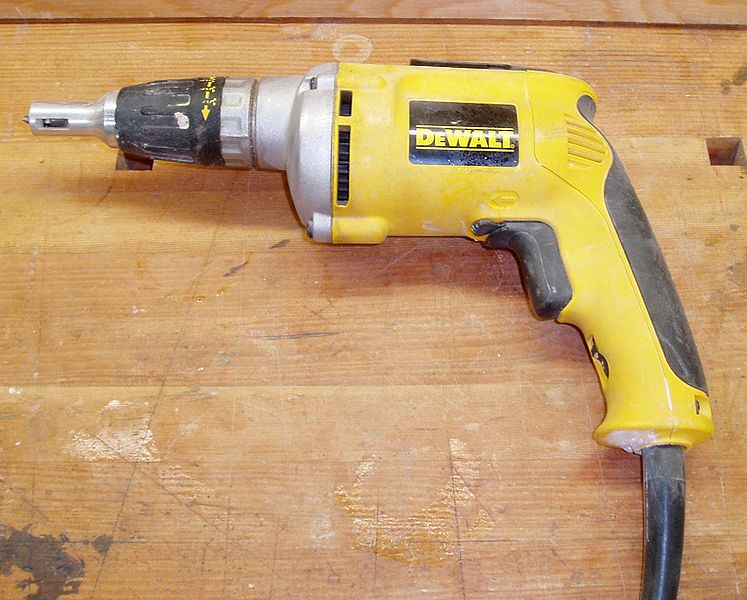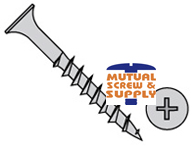Set Screws: Mutual Screws New Range of Fasteners
The Mutual Screw and Supply, a leading hardware supply chain has recently launched a whole new range of set screws, which are even easier and efficient to use. The company is quite confident about its newly launched products, as these are specially designed to lessen the burden of their clients.
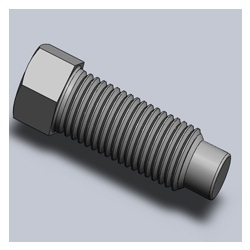
Already a pioneer in the hardware world of US, the Mutual Screw is aiming at spreading its wings to the other parts of the globe by initiating a big launch this time. Online, being the best way of branding, the company is all set to target the global audience through its exclusive range of supplies.
The Mutual Screw is also planning to launch several other types of fasteners, enabled with more advanced features and functionalities. In order to beat the rat race, the company has geared up to compete with its own line of existing models. The company is already a leading brand in the US market and now it is intending to hit the global market as well, by implementing some effective online marketing strategies. Apart from all these, the products are going to become a huge hit, as soon as they are launched.
This new launched item includes Sheet Metal Set Screws, Self Tapping Screws of Types A, AB & B. Around 20-22 more new models would be introduced to the market, thereby easily enabling any hardware job. The models feature stainless steel, steel black oxide finish, steel zinc plated and steel zinc yellow flat head types.
All the external dimensions of these tapping screws would be metric, including the external fasteners and lifting screw. These new set screws will be specifically useful for the North American original equipment manufacturers (OEMs), which serve Asian and European customers.
The companys existing products function at full capacity, no matter whether the load is in compression or tension. Their aluminium or bronze worm gears, heat treated alloy steel shafts; ball bearings and tapered roller enable rugged precision and are handy enough to be used by a beginner as well.
The company has always emphasized on creating varied designs, so as to satisfy every customer’s needs and taste. The supplies are available in translating as well as in keyed patterns. The jacks can be easily set up by a protective boot. In addition to, the company also develops customized products so as to meet the special requirements.
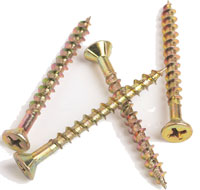 There are various types of screws available in the market, required for various kinds of jobs. The concrete screw is a very special type of fastener, specially designed to pierce its own threads into an already drilled hole on the surface made up of concrete, block, brick etc. The brand name Cement Board & Fiber Cement Board Screws is popular product, being sold over under this banner.
There are various types of screws available in the market, required for various kinds of jobs. The concrete screw is a very special type of fastener, specially designed to pierce its own threads into an already drilled hole on the surface made up of concrete, block, brick etc. The brand name Cement Board & Fiber Cement Board Screws is popular product, being sold over under this banner.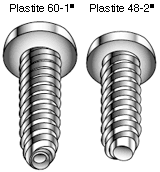
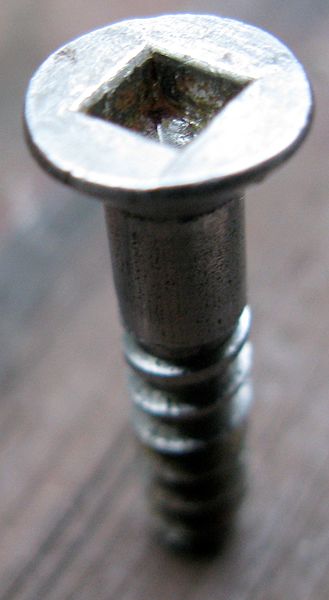

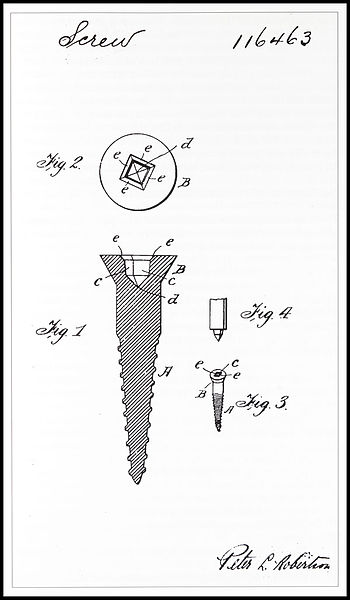
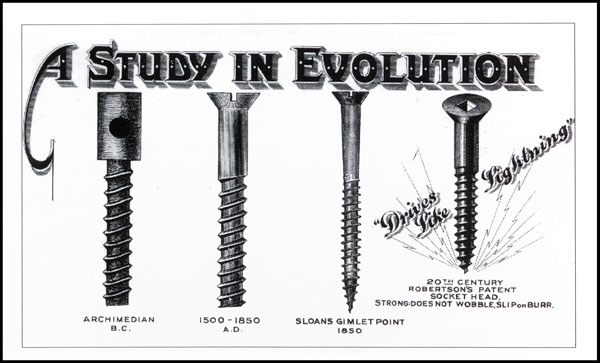
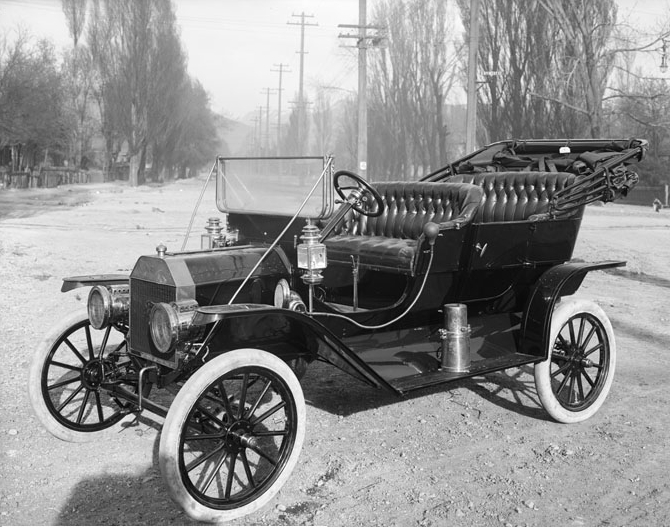
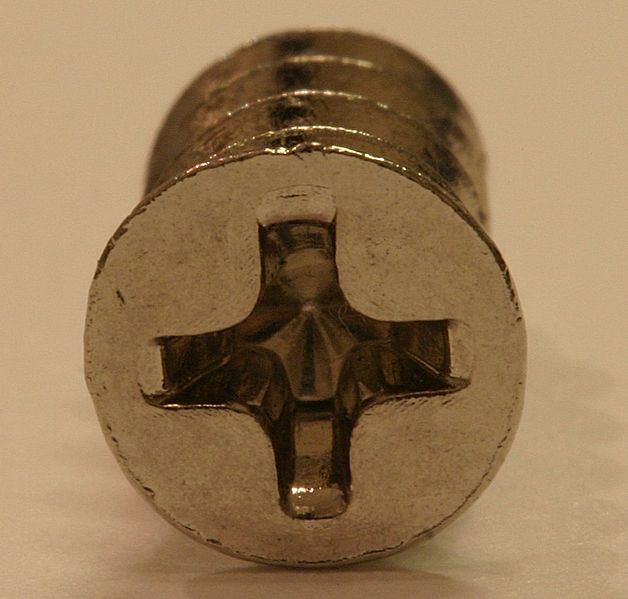
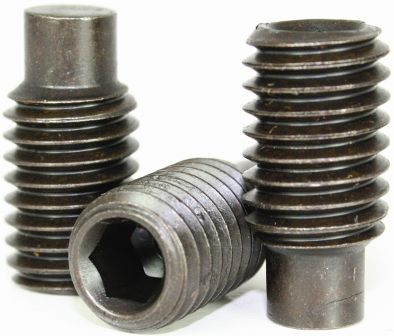
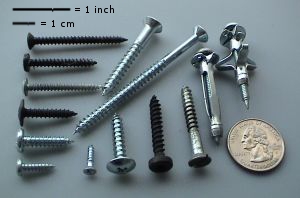
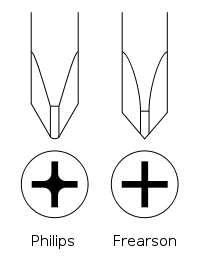
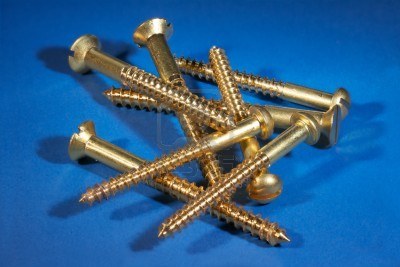
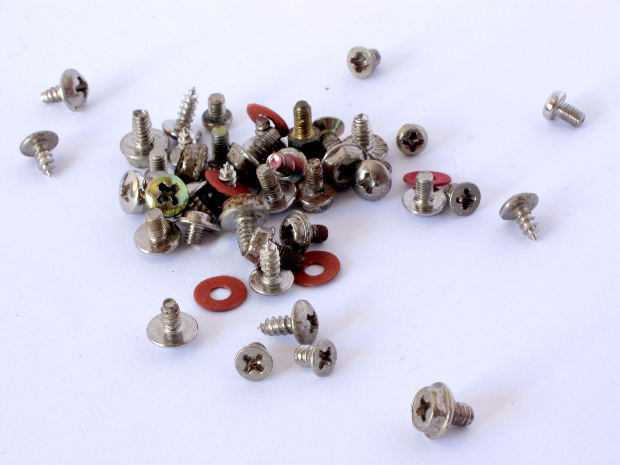

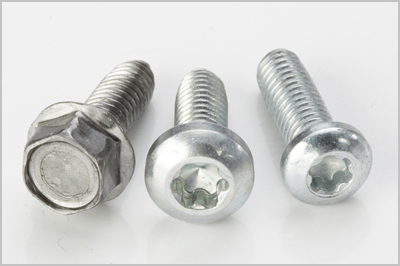
.png)
